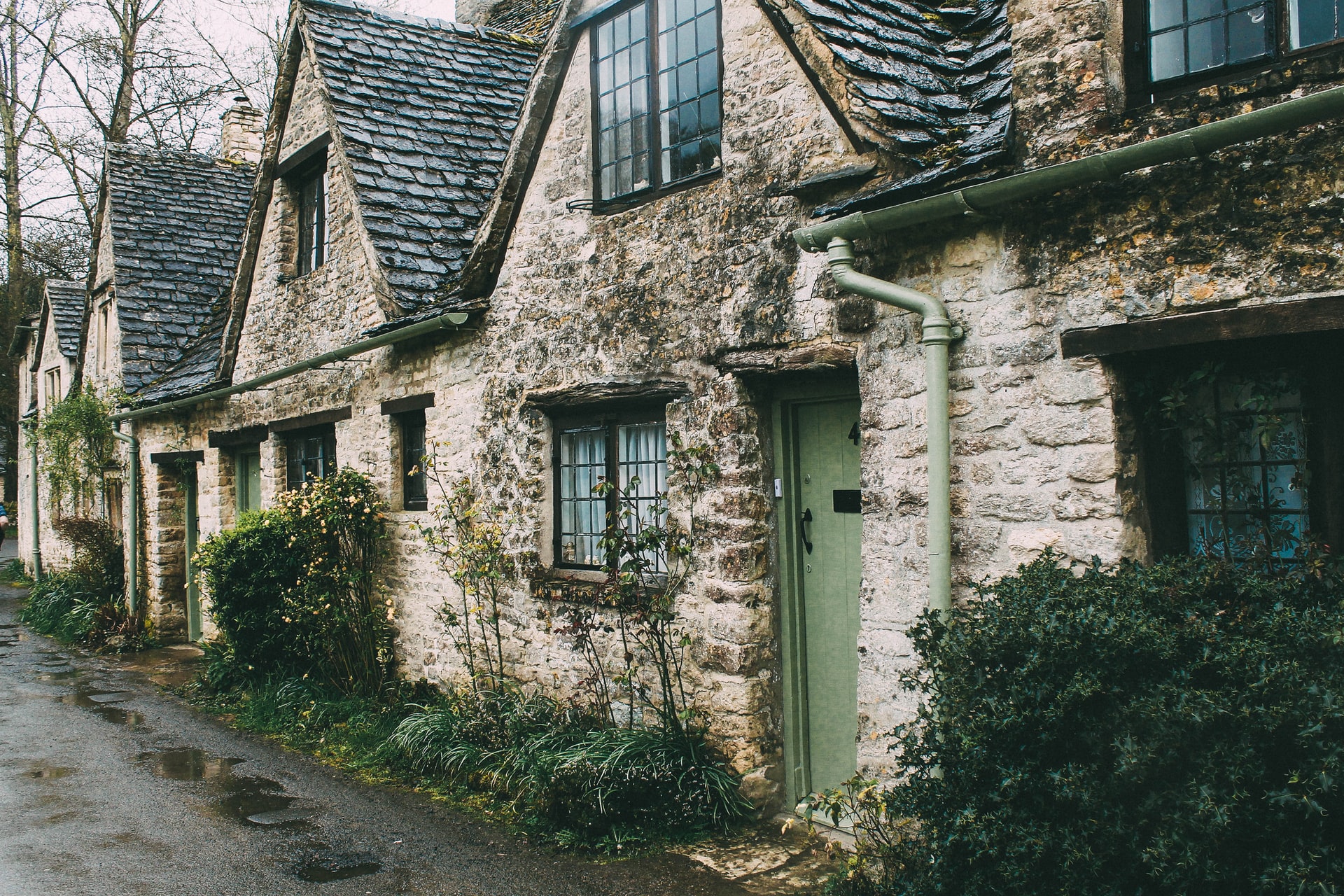Find out everything you need to know about a Lifetime ISA (LISA), from how they work to choosing the right one for your situation.
What is a LISA?
A Lifetime ISA (Individual Savings Account) is a tax-free way to save for your first home or for retirement.
In fact, you could get up to £32,000 in free cash from the government.
How does a LISA work?
You can put in up to £4,000 each year until you’re 50 years old (you must make your first payment before you turn 40 though).
The government will then add a 25% bonus to your savings, up to a maximum of £1,000 per year.
So if you put the maximum amount of £4,000 now, you’d have £5,000 in your LISA account by the end of the year.
Because a LISA counts as part of your overall ISA limit, remember that the total amount you can contribute to your ISAs is £20,000 for the tax year 2021/2022.*
Plus, because the bonus is paid monthly, you’ll benefit from the snowball effect of compound interest. This is where you earn interest on money that was previously earned as interest.
If you still have your LISA when you’re 50, bear in mind that you won’t be able to pay into it anymore or earn the 25% bonus. But don’t worry, your account will remain open and continue earning interest.
If you’re using your LISA to buy a home:
- It must be your first home (you can’t have bought anywhere else in the world before)
- The property can’t cost more than £450,000
- You must buy the property at least 12 months after you make your first LISA payment
- You’ll need to use a conveyancer or solicitor to act for you in the purchase (your ISA provider will pay your savings directly to them)
- You must be buying with a mortgage
- Got a LISA and a Help to Buy ISA? You can only use the government bonus from one of them to buy your home.
- If you’re a couple who are both first-time buyers purchasing a property costing £450,000 or less, you can both open a LISA, essentially doubling the government bonus.
If you’re using your LISA to save for later life:
- You can take your savings out any time after your 60th birthday (it’ll give you a nice boost alongside your pension pot!)
- If you die, your Lifetime ISA will end on the date of your death. There will be no charge to withdraw the funds or assets from your account.
Who is eligible?
You have to be between the ages of 18 and 39 to open a LISA.
What’s the catch?
This is a government scheme specifically designed to help people buy their first homes or retire. This means you can only withdraw money from your LISA if you’re:
- Buying your first home
- Aged 60 or over
- Terminally ill with less than 12 months to live
You’ll pay a 25% withdrawal charge if you withdraw cash or assets for any other reason (this is called an ‘unauthorised withdrawal’). This means you’ll lose out on the government bonus you made on any money you deposited.
Transferring your LISA
You can transfer your ISA from one provider to another, or to a different type of ISA altogether, at any time. But it’s worth knowing what the restrictions are (if any).
For example, it’s possible to transfer money from a Help to Buy ISA to a Lifetime ISA. But if you transfer money from a Lifetime ISA to a Help to Buy ISA, you’ll have to pay the 25% withdrawal charge and miss out on the government bonus.
Saving for retirement? You’ll also have to pay the 25% withdrawal penalty if you transfer your LISA to a different type of ISA before you turn 60.
Cash LISA vs Stocks and Shares LISA
When you open a LISA, you can choose to hold cash, stocks and shares, or both.
A Cash LISA is like a cash savings account, in that you’ll earn interest on the money in the account. With a Stocks and Shares LISA, instead of earning interest, you invest your money into funds in the hope of earning returns on these.
Which is better?
You might consider opening a Stocks and Shares LISA over a Cash LISA if you’re investing for a long period of time (over 3 years). That’s because the stock market tends to perform better than cash in the long run. So you might end up with more money in your LISA pot.
On the other hand, one benefit of a Cash LISA is that your savings are protected up to £85,000 because they’re covered by the FSCS. This isn’t the case with a Stocks and Shares LISA. You’re only protected if you lose money due to the investment provider going bust. For example, if your LISA is held with Santander and the bank goes bust. If the company you’re investing in goes bust, however, you won’t be covered and may get back less money than you put in.
If you’re thinking about opening a Stocks and Shares LISA, it’s best to read up on the FSCS protection rules first.
The other option is to open both a Cash LISA and a Stocks and Shares LISA. This could be a good compromise if you’re looking for higher returns on your money but don’t want to risk losing all your money if the stock market falls.
When investing, your capital is at risk.
*Tax treatment depends on your individual circumstances and may be subject to change.












